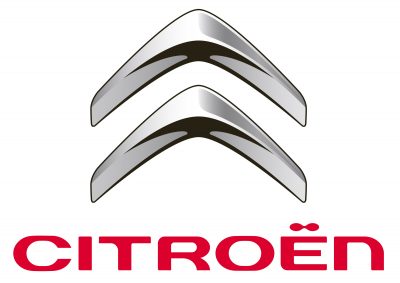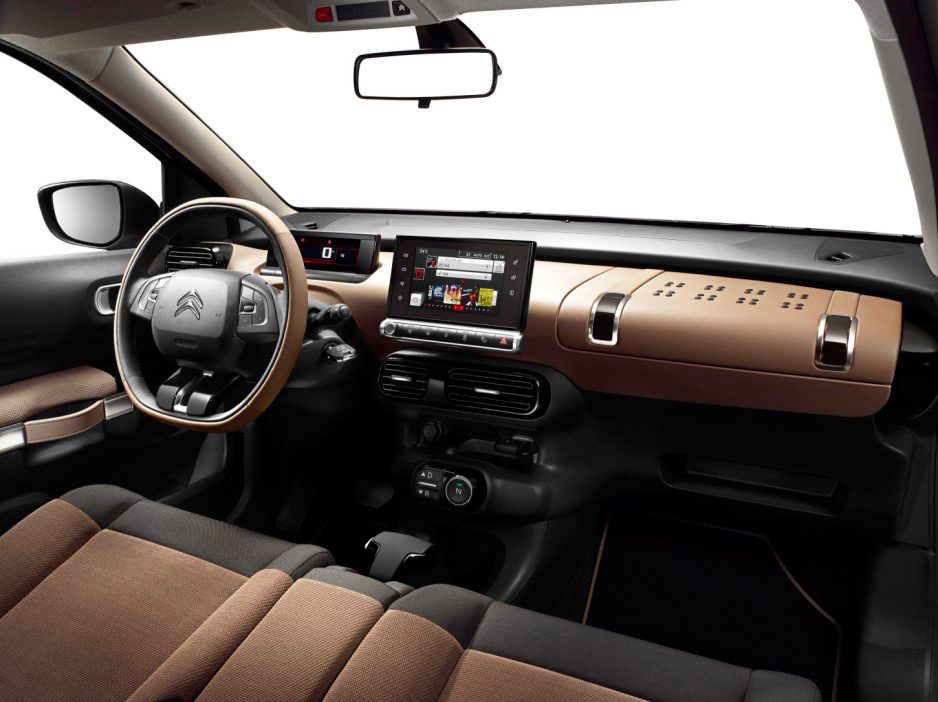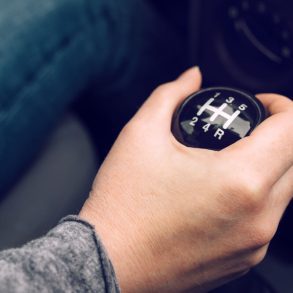 Continuing a series I began last year, I’ll look at different cars sold in worldwide marketplaces that I think US customers would like. This week the focus is on Citroën, one of the oldest and most venerable european car brands, founded in 1919 by André-Gustave Citroën. Over the subsequent almost-century, Citroën acquired a reputation for producing cars that are beautiful and innovative: it built the first unibody car, the first mass-produced front wheel-drive car, the first hydropneumatic self-levelling suspension, the first swiveling headlamps… the list goes on. And while today’s marketplace has eroded some of Citroën’s idiosyncratic spirit, it continues to make cars that are very distinct from it competitors.
Continuing a series I began last year, I’ll look at different cars sold in worldwide marketplaces that I think US customers would like. This week the focus is on Citroën, one of the oldest and most venerable european car brands, founded in 1919 by André-Gustave Citroën. Over the subsequent almost-century, Citroën acquired a reputation for producing cars that are beautiful and innovative: it built the first unibody car, the first mass-produced front wheel-drive car, the first hydropneumatic self-levelling suspension, the first swiveling headlamps… the list goes on. And while today’s marketplace has eroded some of Citroën’s idiosyncratic spirit, it continues to make cars that are very distinct from it competitors.
Previous US is missing out columns:
Here are the main three reasons why I think US customers would love the Citroën brand:
1. Styling
After going through a low period in the 1980s and 1990s, Citroën rediscovered its design mojo in the early 2000s, and now produces cars that are distinctively styled and stand out from a marketplace full of bland designs. While carmakers with distinctive languages often struggle to translate a look that fits great on a large car to its smaller models (think Alfa Romeo, BMW, Mercedes-Benz, Nissan), Citroën’s design language looks great on small and large cars alike. In addition, while other carmakers pursue harder-edged shapes on their cars, Citroën makes their cars voluptuous (by mass-market standards) and gives them distinctive features, such as stacked headlamps, interesting side-window treatments, integrated roof-rails etc.
2. Focus on comfort and user-friendliness
In Europe, Citroën’s heartland, more and more brands are succumbing to customers’ desire for quasi-sporty cars (I say desire, because most customers don’t actually want to sacrifice comfort for sportiness, they just want the image of sportiness). Not so Citroën, which unabashedly sets its cars up to deliver the maximum comfort and ease of driving. These values are greatly appreciated by US customers, testimony to which is the success of brands such as Toyota, Chevrolet, or Buick. What’s more, this focus does not come at the expense of character, which Citroën cars have spades of.
3. Innovative engineering
Citroën aficionados may bemoan the fact that the brand no longer employs some of the innovations its once pioneered, such as the hydropneumatic suspension or fixed-hub steering wheel. I feel, however, that this is a sign of a mature brand – it now achieves similar levels of comfort using standard suspensions and deft tuning, while the fixed-hub steering wheel was a question to an answer nobody asked. Instead, Citroën focuses on bringing innovation to the market where it matters for consumers: in lightweight construction (the crossover C4 Cactus weighs less than 2,200 lbs), by offering large windscreens and moon roofs in most of its cars (way before Tesla X got there), or by minimizing interior clutter (see the C4 Cactus’s interior below).









